The Internet Protocol (IP) is a network layer protocol of the internet that handles packets from an application layer protocol. IP uses addresses which are divided in two parts - the network address and the host address. If you want to manage your network, you need to enable IP routing on your computer. In this article, we will discuss how to enable IP routing on your computer.
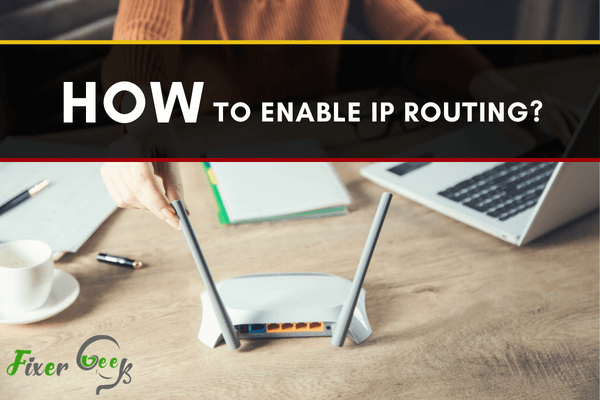
IP routing is the analysis of how Internet Protocol packets are routed within and throughout IP networks. This includes policies guiding the global organization and arrangement of Internet infrastructure and guidelines and systems.
IP routing is essential as it provides primary internetwork connections, implements an addressing scheme that uniquely defines each device, and arranges individual machines into a structured network at the most fundamental level. I’ll explain how you can enable IP routing on your computer.
Enabling IP Routing
IP routing is done by modifying the registry. When altering the registry, be cautious because doing anything wrong might badly harm or cause your overall computer system problems. Go along with the steps to enable IP routing on your computer
- Press “Windows + R” to open the “Run” application.
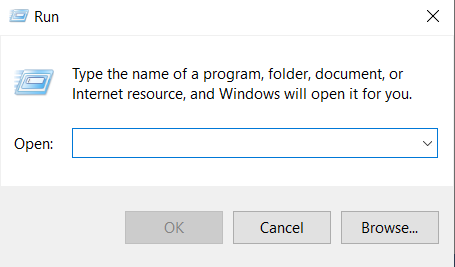
- Type “Regedit” in the “Open:” section. Click on “OK.” It will open the “Registry Editor” menu.

- Go to “HKEY_LOCAL_MACHINE > CurrentControlSet > Services > Tcpip > Parameters." Click on the “Parameters” folder.

- Right-click on the “IPEnableRouter” and go to “Modify.”
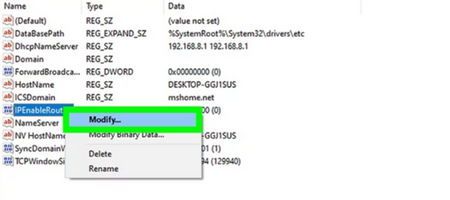
- Change the value in the “Value data” section from “0” to “1.” Click on “OK” then close the “Registry Editor.” Reboot your PC, and the IP routing should be enabled.
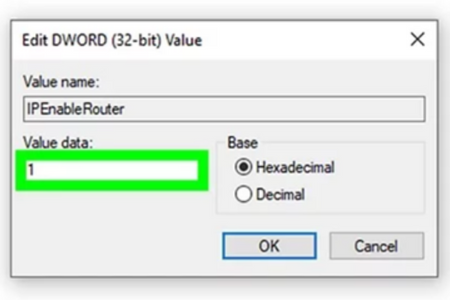
- Open “Command Prompt” when your PC restarts. Run the command “netsh interface ipv4 show interface ” (remove the brackets and substitute the bracketed info with your device’s ID) and check if the IP forwarding is activated.
There is another way of using the Windows “Run” application to enable IP routing. Follow these steps to learn the feature
- Type “services. msc” in the “Open:” section, then click “OK.” It will launch the “Services” menu.
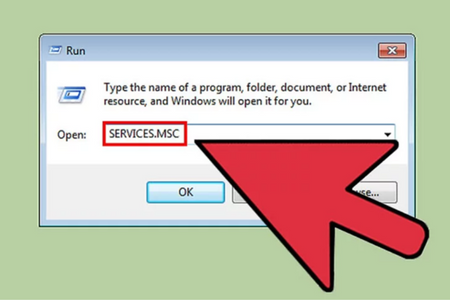
- Locate “Routing and Remote Access.”
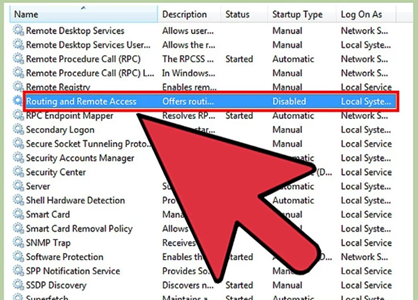
- Right-click on it and navigate to “Properties.”
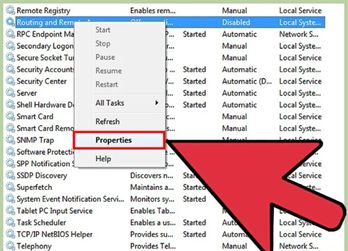
- Choose the “Startup” type. Select “Manual” if you’d like to begin when you need it. Select “Automatic” if you want to enable it whenever the computer starts up. Use the “Automatic (Delayed Start)” option if you want it to begin a little later than the rest of your computer’s functions when it boots up.

- Click on “Apply” then “OK.”
- Now, right-click on “Routing and Remote Access” and hit “Start.” Wait for the progress bar to finish.
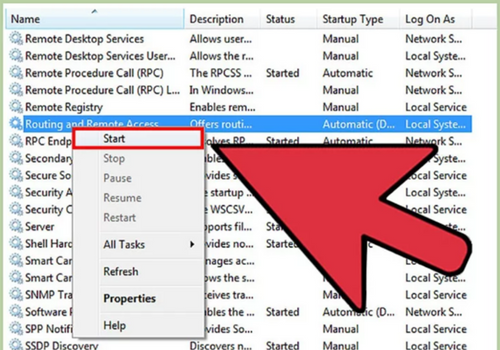
- Open “Command Prompt” and type “ipconfig /all,” and verify the IP routing status. It should say enabled.
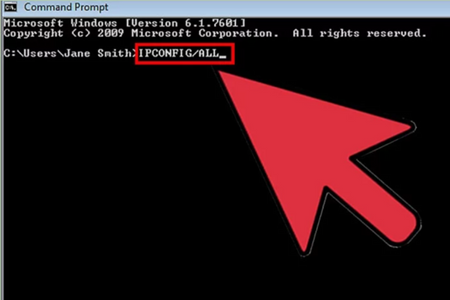
Do I Need IP Routing Enabled?
IP Routing is a procedure that lets data be routed across a computer network rather than a single computer. In Windows, routing is frequently disabled by default. To establish static routing tables with ROUTE.EXE on Windows OS, you may have to activate IP routing.
What is IP Forwarding in Networking?
IP forwarding is the capability of an operating system to receive incoming data packets on a single interface, determine that they are not intended for the design but another route, and then forward them appropriately. IP forwarding is required for various reasons. For example, if you have a system set up between two distinct networks that direct traffic to travel across both, you’ll need the IP forwarding feature.
Summary: Enable IP Routing
- Check for Servers.
- Enable IP Routing.
- Configure a Static Route.
- Configure the DHCP Relay Agent to Support VPN Client TCP/IP Addressing Options.
- Configure a Firewall for IPsec and L2TP Traffic.